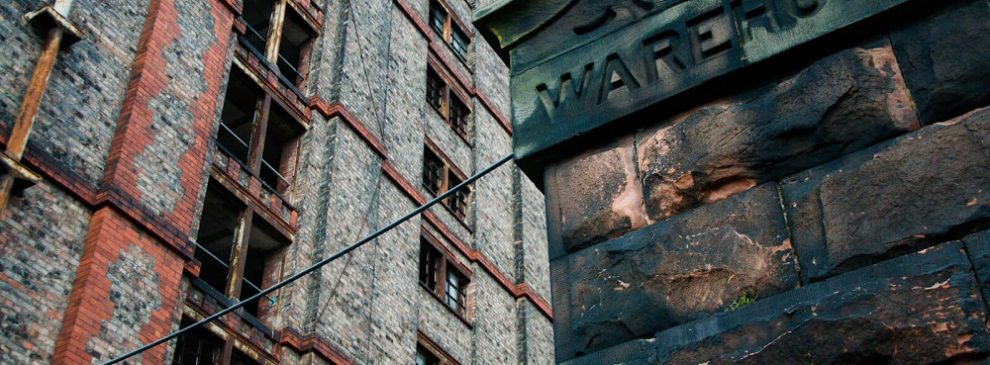Still on the List – Liverpool’s World Heritage Site, an opportunity to share and develop value?
Added on Thursday, June 28th, 2018
…
This week, at the 42nd Session of the UNESCO World Heritage Committee (WHC) in Bahrain, the decision was passed that rather than lose its World Heritage Site (WHS) status, Liverpool will remain on the ‘World Heritage in Danger’ list. A chance perhaps for Liverpool to reassess and refocus on what the WHS means to the city and how its values are represented, managed, and communicated, before the new report requested by the Committee for next year.
A ‘State of Conservation’ report by the UK State Party and a revised ‘Desired State of Conservation for the Removal of the Property from the List of World Heritage in Danger’ (DSOCR) had been submitted earlier this year, and measures commenced by Liverpool City Council to prevent the removal of the site from the UNESCO World Heritage List. The DSOCR had highlighted, amongst other things, the move locally towards a new interpretation and communication strategy, measures to reinforce planning permission procedure, a ‘skyline’ policy and, in many ways most importantly, the “increasing engagement of civil society” (citing here the role of Engage Liverpool CIC and Merseyside Civic Society). In the WHC’s initial draft decision based on the aforementioned reports, it was stated that whilst a positive and clear intent had been made to safeguard the site, many of the measures set out in the DSOCR were not complete or relied on documents still in preparation – hence the site’s retention on the ‘in danger’ list and the need for an updated report next year.
Of course, the planning and redevelopment aspects remain the most pressing in terms of removing the site from the ‘in danger’ list. However, the long-term concern must remain that of communication, education and inclusion. As representatives of the ‘civil society’ mentioned in the DSOCR report, Engage have done amazing work to both highlight and develop wider understanding of and engagement in the WHS. This has included open seminars on the value of the WHS late last year, which involved key speakers from UNESCO alongside key local actors to raise awareness of the issue of the immiment de-listing of the site due to the proposed development of Liverpool Waters. Engage were also crowdfunded to attend the WHC session in Bahrain and had the opportunity to address the session.
Now much more needs to be done — not just to ensure that the site is removed from the ‘in danger ‘list, but that it is further embedded in the city and region. The city council, the WHS management plan and implementation, and associated stakeholder strategies and activities, need to ensure that communication of the outstanding universal value of the WHS – something that is central to World Heritage Site status — actively occurs locally as much as nationally or internationally. The role of communities (along with communication, another of UNESCO’s five ‘C’s) in the understanding and communication of those values is also key. With this there is the need for a greater diversity of — and continuing consultation with — stakeholders from across these communities in the management of the WHS.
Interpretation, education and community involvement must become a central aspect of the management of the WHS — for example, through greater involvement with local schools and the development of initiatives that ensure local young people’s active involvement in the site. There is opportunity, also, for additional economic and touristic value to be capitalised on, partly through the development and implementation of on-site and online visitor interpretation of the site and greater use of the UNESCO brand. Yet there must, at the same time, be a shift towards the recognition that any economic value is inextricably linked to the distinctive educational, social and cultural values of the site.
As part of our Impacts 18 work, we have been exploring the role of the WHS on planning, development and marketing in the city. We will keep you updated on our preliminary findings on the ICC website.
Photo credits
“Stanley Dock Tobacco Warehouse Liverpool, Apr-2016” by Mitch Altman is licensed under CC BY-SA 2.0










Leave a Reply